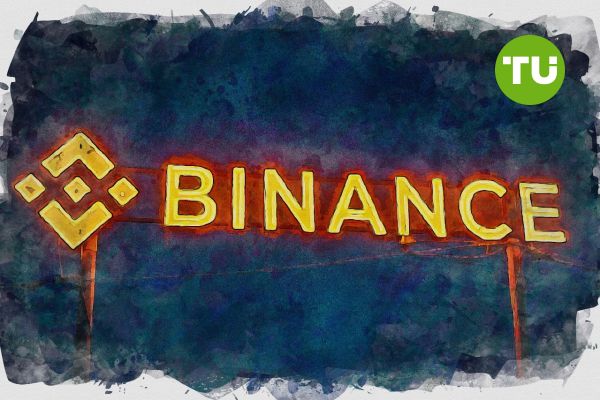Binance publishes new listing standards
 Binance unveils new listing and delisting guidelines to boost transparency.
Binance unveils new listing and delisting guidelines to boost transparency.
Leading cryptocurrency exchange Binance has published a detailed framework for its listing and delisting processes, aiming to offer greater clarity for project teams and strengthen transparency across its platform.
In an announcement published April 25, Binance emphasized its structured listing strategies across Binance Alpha, Futures, and Spot markets, along with programs like Launchpool, Megadrop, and HODLer Airdrops.
“Binance is detailing its various listing products and methods, and the corresponding evaluation requirements to help projects familiarize themselves,” the company said.
The exchange highlighted comprehensive evaluation criteria that include project fundamentals, tokenomics, technical risks, team background, and compliance considerations. Projects at different development stages—whether at Token Generation Events (TGEs) or already circulating—will follow distinct listing pathways.
Non-circulating projects at the TGE stage can apply for Binance Alpha listings or airdrops. Tokens already trading on major blockchains such as BNB Chain, Solana, Base, or Ethereum may seek direct listing opportunities. Meanwhile, Futures listings prioritize secondary market performance after a project’s Alpha exposure, while Spot listings assess trading volume and price stability across Alpha and Futures markets.
Clearer delisting criteria to maintain ecosystem quality
To safeguard ecosystem integrity, Binance reiterated that it conducts periodic project reviews and may delist tokens that fail to meet its standards.
Delisting factors include low trading volume, price manipulation, poor communication by the project team, security vulnerabilities, and regulatory compliance failures. “To maintain a healthy and sustainable ecosystem, Binance periodically reviews listed projects and may delist tokens that fail to meet ongoing standards,” the company stated.
Binance further emphasized that the updated standards are designed to uphold long-term user protection and platform integrity. “These guidelines reflect Binance’s commitment to maintaining a healthy and sustainable ecosystem,” the exchange said.
Through these transparency-focused initiatives, Binance aims to create a more trustworthy environment for users and project developers navigating the evolving digital asset market.
Recently we wrote that several countries have approached Binance for assistance in creating a national Bitcoin reserve.














































































































































